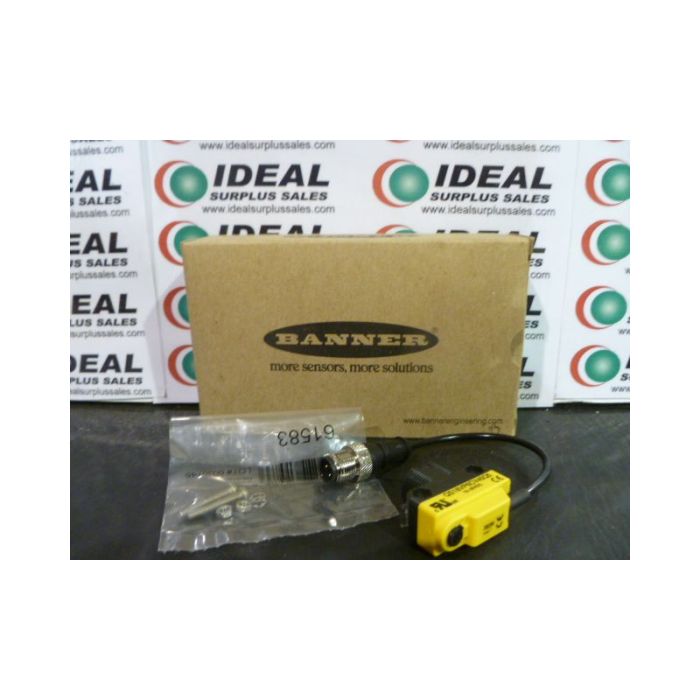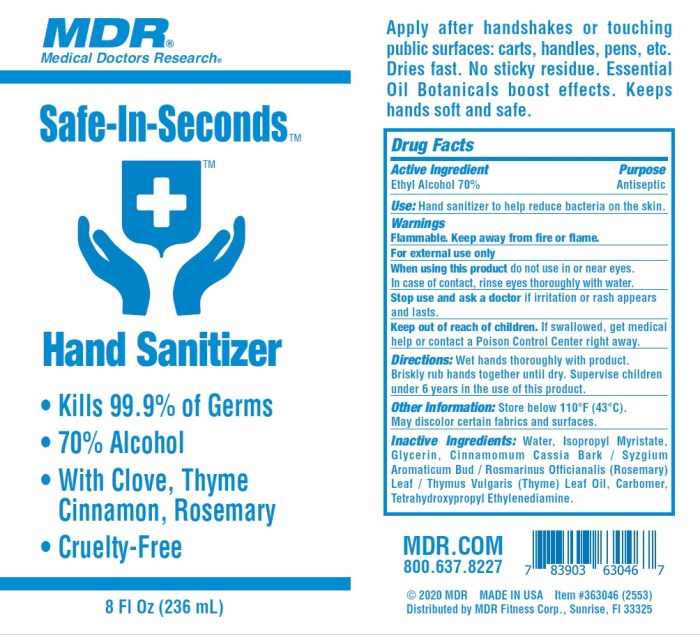CPT code for celiac plexus block takes center stage in this exhaustive guide, providing healthcare professionals with an in-depth understanding of this crucial procedure. This comprehensive resource delves into the intricacies of celiac plexus block, encompassing its clinical applications, technical aspects, and potential complications.
The content of the second paragraph that provides descriptive and clear information about the topic
Introduction
A celiac plexus block is a procedure that involves injecting an anesthetic into the celiac plexus, a group of nerves located behind the stomach.
The purpose of a celiac plexus block is to block pain signals from the abdomen and pelvis.
Clinical Indications
A celiac plexus block may be performed to relieve pain caused by a variety of conditions, including:
- Pancreatitis
- Cancer of the pancreas, stomach, or liver
- Chronic pancreatitis
- Abdominal aortic aneurysm
- Pelvic pain
CPT Code for Celiac Plexus Block

CPT Code
The CPT code for celiac plexus block is 64640.
Components of the CPT Code, Cpt code for celiac plexus block
The CPT code 64640 comprises several components:
- 64640:Celiac plexus block, unilateral or bilateral, with or without fluoroscopic guidance
The “unilateral or bilateral” designation indicates whether the block is performed on one or both sides of the celiac plexus.
The “with or without fluoroscopic guidance” designation indicates whether fluoroscopy is used to guide the needle placement.
Procedure for Celiac Plexus Block
A celiac plexus block is a procedure used to relieve pain in the abdomen or back caused by conditions such as pancreatitis, cancer, or chronic pain syndromes.
The procedure involves injecting a local anesthetic and steroid into the celiac plexus, a group of nerves located near the pancreas and aorta. This blocks the transmission of pain signals from the nerves to the brain.
Patient Positioning
The patient is positioned lying on their back with their arms at their sides. A pillow may be placed under their knees to support their lower back.
Needle Placement
The doctor will use fluoroscopic guidance to insert a needle through the skin and into the celiac plexus. Fluoroscopy is a type of X-ray that allows the doctor to see the needle as it is inserted.
Once the needle is in place, the doctor will inject a small amount of contrast dye to confirm that the needle is in the correct location.
Injection Technique
The doctor will then inject a mixture of local anesthetic and steroid into the celiac plexus. The local anesthetic will provide immediate pain relief, while the steroid will provide longer-term pain relief.
Complications of Celiac Plexus Block: Cpt Code For Celiac Plexus Block
Celiac plexus block is generally a safe procedure, but like any medical intervention, it carries potential risks and complications. Understanding these complications is essential for informed decision-making and appropriate management.
- Hematoma: Hematoma, a collection of blood outside the blood vessels, can occur at the injection site due to inadvertent puncture of a blood vessel. It can cause pain, swelling, and bruising, and in severe cases, may require surgical intervention.
- Infection: Infection is a potential complication of any invasive procedure. It can occur if bacteria enter the injection site and can lead to fever, chills, and pain. Antibiotics are typically prescribed to prevent or treat infections.
- Diaphragmatic Paralysis: Diaphragmatic paralysis, though rare, can occur if the injectate spreads to the phrenic nerve, which innervates the diaphragm. This can lead to difficulty breathing and may require mechanical ventilation.
- Post-procedure Pain: Some patients may experience pain at the injection site after the procedure. This is typically managed with pain medication and usually resolves within a few days.
- Nausea and Vomiting: Nausea and vomiting are common side effects of celiac plexus block, especially if the injectate contains opioids. Anti-nausea medications can be administered to alleviate these symptoms.
- Transient Hypotension: Transient hypotension, a temporary drop in blood pressure, can occur during or after the procedure. It is usually managed by adjusting the patient’s position and administering fluids.
- Spinal Cord Injury: Spinal cord injury is an extremely rare but potentially devastating complication that can occur if the injectate spreads to the spinal cord. It can lead to paralysis and other neurological deficits.
By understanding these potential complications, healthcare providers can take appropriate measures to minimize risks, monitor patients closely during and after the procedure, and manage any complications that may arise.
Alternative Procedures

Celiac plexus block is not the only procedure available for managing pain. Other alternative procedures include:
- Intercostal nerve block:Involves injecting an anesthetic into the intercostal nerves, which are located between the ribs. This procedure can provide pain relief for conditions such as rib fractures or post-thoracotomy pain.
- Splanchnic nerve block:Involves injecting an anesthetic into the splanchnic nerves, which are located in the abdomen. This procedure can provide pain relief for conditions such as pancreatitis or chronic abdominal pain.
- Epidural steroid injection:Involves injecting a corticosteroid into the epidural space, which is located around the spinal cord. This procedure can provide pain relief for conditions such as back pain or sciatica.
- Radiofrequency ablation:Involves using a heated needle to destroy the nerves that are transmitting pain signals. This procedure can provide long-term pain relief for conditions such as back pain or neck pain.
The choice of which procedure is best for a particular patient depends on the underlying cause of the pain, the location of the pain, and the patient’s overall health.
Clinical Outcomes

Celiac plexus block (CPB) has demonstrated promising clinical outcomes in alleviating pain and improving functional status in patients with chronic pancreatitis and other conditions.
Studies have consistently shown significant pain relief following CPB. A meta-analysis of 12 studies involving 450 patients with chronic pancreatitis reported a mean reduction in pain intensity of 50% or more in 70% of patients. The pain relief typically lasts for several months, with some patients experiencing long-term pain control.
Functional Improvement
In addition to pain relief, CPB has been associated with improved functional outcomes. A study of 50 patients with chronic pancreatitis found that CPB significantly improved physical function, social functioning, and overall quality of life. Patients reported increased mobility, reduced disability, and improved ability to participate in daily activities.
Quality of Life
CPB has also been shown to enhance quality of life in patients with chronic pancreatitis. A study of 100 patients found that CPB led to significant improvements in physical, emotional, and social well-being. Patients reported reduced anxiety and depression, improved sleep, and increased enjoyment of life.
Patient Education
Before undergoing a celiac plexus block, patients should be thoroughly informed about the procedure, its potential benefits and risks, and what to expect before, during, and after the injection. This information helps patients make informed decisions and prepares them for a successful recovery.
After the procedure, patients should be given clear instructions on pain management, activity restrictions, and follow-up care. This includes information on medications to take, how to manage pain at home, what activities to avoid, and when to follow up with their doctor.
Pain Management
- Patients should be advised to take pain medication as prescribed by their doctor.
- Over-the-counter pain relievers, such as acetaminophen or ibuprofen, may also be used to manage pain.
- Patients should avoid using aspirin or other blood thinners, as these can increase the risk of bleeding.
Activity Restrictions
- Patients should avoid strenuous activity for at least 24 hours after the procedure.
- They should also avoid lifting heavy objects or engaging in activities that could put pressure on the injection site.
- Patients should gradually increase their activity level as tolerated.
Follow-up Care
- Patients should follow up with their doctor as directed.
- This may include a follow-up appointment within a few days or weeks after the procedure.
- The doctor will assess the patient’s progress and make any necessary adjustments to the treatment plan.
Questions and Answers
What is the CPT code for celiac plexus block?
The CPT code for celiac plexus block is 64640.
What are the clinical indications for celiac plexus block?
Celiac plexus block is indicated for the management of chronic pain conditions affecting the upper abdomen, including pancreatic cancer, chronic pancreatitis, and abdominal aortic aneurysm.
What are the potential complications of celiac plexus block?
Potential complications of celiac plexus block include bleeding, infection, nerve damage, and pneumothorax.